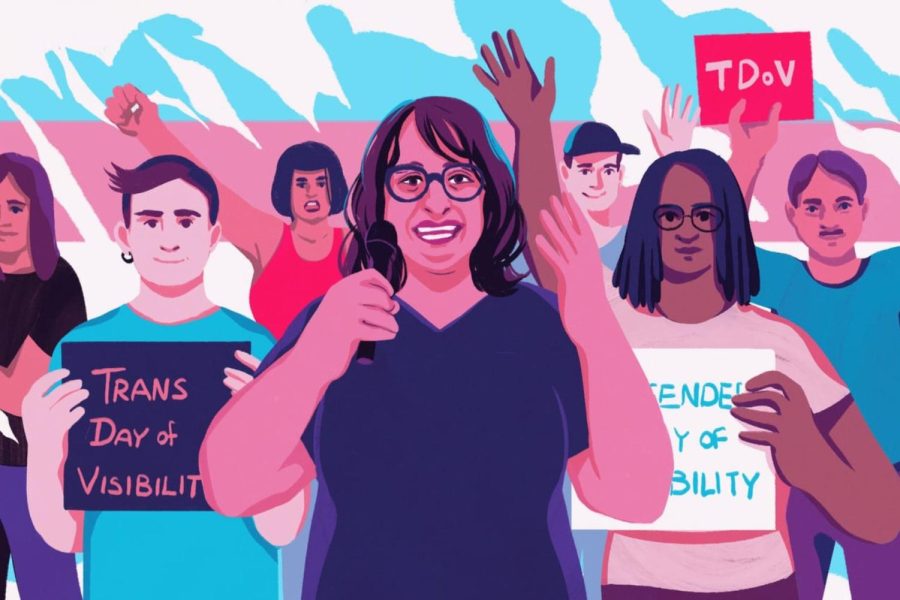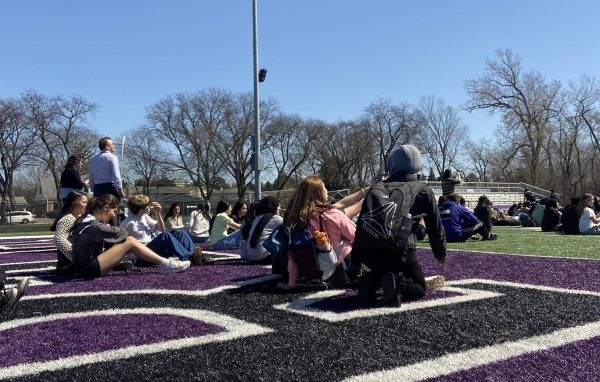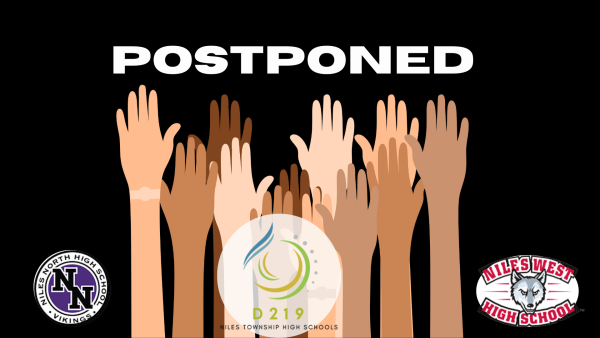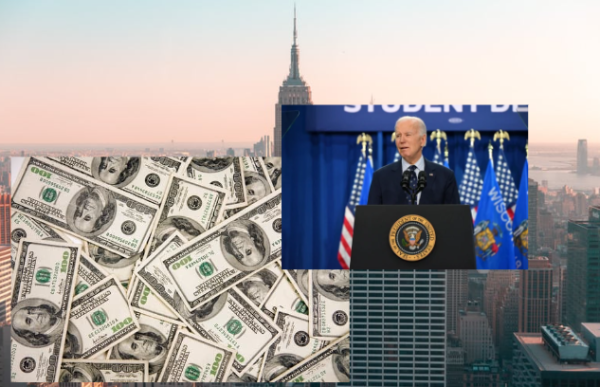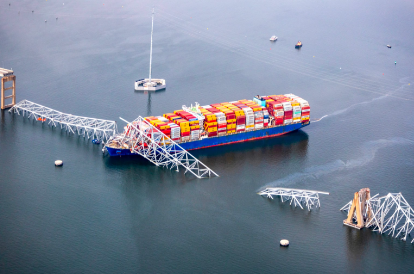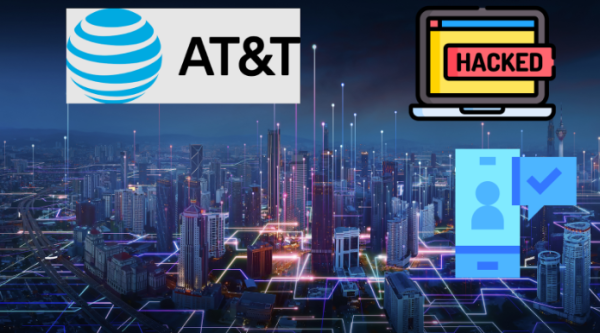International Transgender Day of Visibility: What does it symbolize?
Photo belongs to the 19thnews.org site
Protesters fighting for equality for TDOV clipart
Transgender Day of Visibility happens on March 31st annually and is specifically made to celebrate trans/ non-binary people and raise awareness of the discrimination and dislike against transgender and non-binary individuals.
TDOV (Transgender Day of Visibility) was created in 2009 by a U.S. transgender activist, Rachel Cradell, who was also a licensed psychotherapist and Executive Director of the Transgender Michigan program. She got inspiration from a former event called “Transgender Day of Remembrance”, which was a day to remember those who have lost their lives due to hate crimes for who they were.
That’s when she caught on and mentioned that, “I wanted a day that we can celebrate the living, and I wanted a day that all over the world we could be all together,” Rachel Cradell said. And so she did.
“I’m happy I created Transgender\ Day of Visibility; however, if I knew what I knew now, I’m not positive I would. But someone else would have. I wasn’t the only one who was thinking about it.” Rachel Cradell said, “In fact, I think the reason it caught on was that thousands of other trans people were thinking about it, too.”
On this day, trans people and non-binary’s raise their voices by protesting or posting about awareness for the Transgender Day of Visibility event on social media to be acknowledged for the things they have gone through as non-binary or transgender human beings. Even people who aren’t part of the LGBTQ community support and protest with them to be treated no differently or distinct than straight people as a whole society. This gives the transgender and non-binary community a sense of belongingness and acceptance into society by being heard by the community and by more and more transgender and non-binary people speaking up.
This topic was never easy to talk about if you were identified as non-binary or transgender in the 1900s, as not many people would speak up about this situation. And if they did, they were considered “weird” or “strange”. They were constantly being told that they were “faking it” or saying it was a “temporary feeling”. Backtrack to today, farther more LGBTQ, influencers, and supporters speak up about equal rights in the LGBTQ community rather than back then. Of course, many are still being discriminated against to this day which should be changed and resolved.
It is important for us to acknowledge the Trans Day of Visibility in our school to allow our trans students to feel celebrated and seen.
— GSA (Gender/Sexuality Acceptance) sponsor Alethea Busch
“It is important for us to acknowledge the Trans Day of Visibility in our school to allow our trans students to feel celebrated and seen,” GSA (Gender/Sexuality Acceptance) sponsor Alethea Busch said.. This day raises awareness of the discrimination trans people face and lets our students know we stand with them in solidarity and appreciate everything they contribute to our community.”
Today, even though the trans and non-binary communities have majorly grown and made themselves visible for the world to see, trans and non-binary people are yearning for more acknowledgment and notice for the things they have gone through. We can all play a role to show support and help them through the discrimination and hard work they’ve gone through.
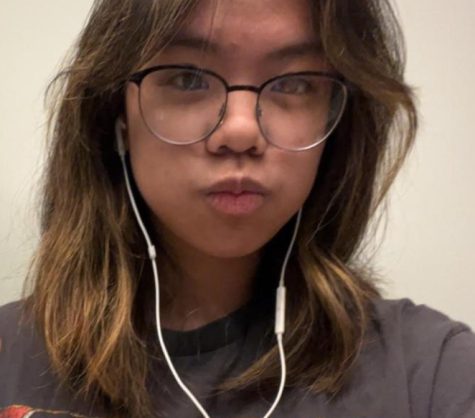
Rilley is a freshman at Niles North who loves music and likes journaling and writing.


